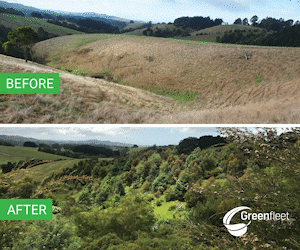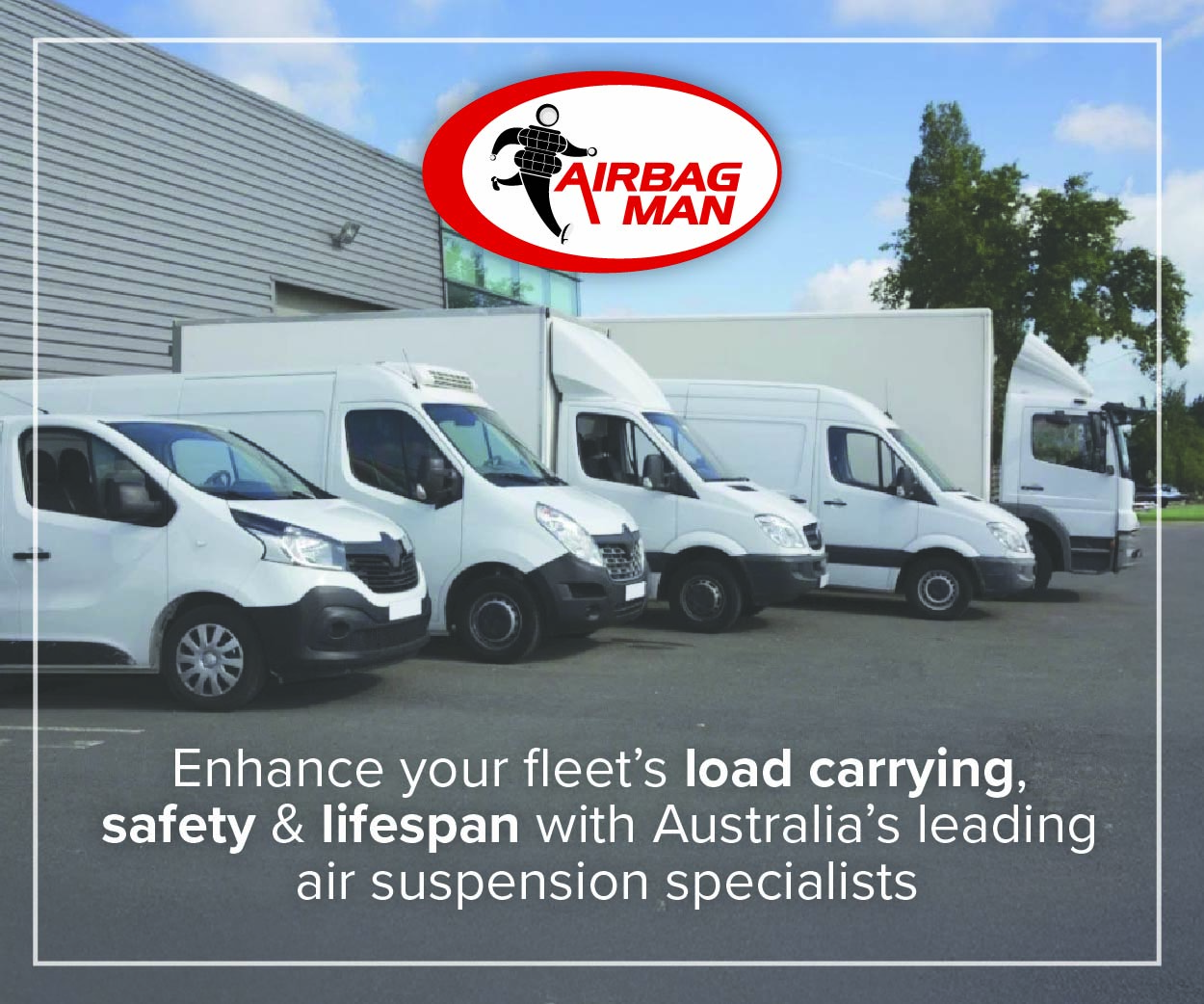It’s not easy moving an entire country’s mail in this fast-paced technological jungle we call home. Fortunately, for Australia Post, James Dixon is in the command bunker.
WORDS SCOTT MURRAY
A 1964 Chevy pick-up isn’t the last word in automotive innovation, nor is it a vehicle many would lust for or dream about. But reliability is more important to more people than novelty or sentimentality. This is the right attitude to have when you run one of the biggest fleets in the country. Meet James Dixon, a man on a mission to keep Australia’s non-stop 24/7 postal service going and going and going.
The Chevvy was nothing more than a tool for James, but it was dependable. “It was a means to an end,” he said. “It provided a transport solution, however was not the most prestigious vehicle on the road, it must be said.”
For two centuries Australia Post has been that crucial link between cities, communities and regional areas and has seen world wars, the industrial revolution and the computer age. At every step, the postal services has remained steadfast and strong, adapting with change and delivering – literally. James Dixon fully intends to continue that legacy.
“Australia Post will continue to evolve to meet the changing needs of our consumers,” he said. “In April, Australia Post became the first logistics company in Australia to test Remotely Piloted Aircraft (RPA) or ‘drone’ technology for parcel delivery.” Not to mention the $20million investment in a new eCommerce Innovation Capital Fund in partnership with Melbourne University. “We’ve also established partnerships with ShipStation and QANTAS,” James said. “The former will make it easier for customers to print labels and lodge articles for shipment, while QANTAS will be our new dedicated air freight partners networking with Australia Post and StarTrack.”
But what about the entirely in-house managed fleet? It’s not exactly running the RSL shuttle bus on a Friday night. The numbers are impressive. “Currently the Australia Post Group fleet exceeds 12,000 assets with over 1200 bulk, prime movers and large trucks, over 800 trailers, more than 1500 vans and 600-plus passenger cars,” he said. “Not to mention our 7000 iconic Australia Post motorcycles.”
Such a large and diverse network cannot be run by pencil and paper these days. “We use numerous tools, both external and internally created,” James said. “We use GPS via our external supplier MyFleet and scanning capability with GPS provision via our communications partner. These systems link back in to depot-level systems, to allow for safety and customer service management.
James has a team of over 60 people nationally, consisting of state fleet managers and admin staff, to technicians and workshop managers, plus technical support and even truck washing crews. “Given the size of the fleet,” he said, “we use a mix of internal workshops, OEM contract maintenance and sub-contract maintenance to support and maintain the various vehicle types. This can provide unique challenges in rural areas however, we’ve been operating long enough that we have a robust national network we can call upon where necessary.”

Image: Australia Post
His team is in constant contact with service providers and regular reporting is what he describes as key to the operation’s success. “Vehicle issues are monitored closely and national bulletins are issued regularly to advise the users to keep an eye out for any potential issues,” he said.
In advising other fleet managers in procurement, running and servicing vehicles, managing drivers and improving efficiency, James says it’s safety first. “It’s our utmost priority and is the first consideration in any decisions taken,” he said firmly, knowing that the flow on from safety can make the rest of the task much easier. “Following safety, having a flexible approach to decision-making when it comes to vehicles is also valuable; sometimes the safest, most suitable and cost-effective solution is not the first brand that comes to mind, and of course, the task the vehicles are required for will affect the vehicle type.”
Dixon says to choose a supplier with a network that understands your business requirement. So too is regular and thorough maintenance. “Sticking with the OEM service regime is key to success; the vehicle manufacturer undertakes exhaustive testing on maintenance and this should be followed rigorously.” It’s a similar story with vehicle accidents and the follow-up investigation – don’t just sweep it under the rug. “Where accidents do happen, we don’t just repair the damage and move on; you need to understand why the accident happened and put steps in place to ensure it doesn’t happen again.”
In the pursuit of safety, Australia Post is again an experienced lot. Taking care of its people and others is at the core of every operation, especially its enormous and frantic fleet operations.
“Australia Post has evolved out of a safety-strictly-for-compliance culture in which safety leadership is seen as everyone’s responsibility and is demonstrated at every level,” he said. “Managers are empowered to take ownership of safety outcomes and make decisions that will reduce exposure through expert technical safety advice and support.”
“We have underpinned safety leadership by really focussing on our serious injury and fatality exposure or potential,” he said. “We’ve tailored a focussed observation and feedback program on providing affirmation to our operators/drivers/riders who demonstrate the safe behaviour while also affording coaching to those workers who perhaps aren’t as safe.”
Into the future Australia Post will be bringing its supervisory level leaders further along the safety path. After all, it’s the supervisor team James Dixon says, “really has the breadth and depth of influence in our network.” He says the strategies on coaching, training and feedback are already rolling out and will be imperative in its safety-conscious future.
James’ role is very complex, as you can imagine, with real-time tactical activities and strategic planning essential in day-to-day operations due to the speed of change, especially driven by eCommerce and the present day technology disruption.
“I reflect on my time in the United States Marine Corp and the learning instilled in me around the need to be agile and improvise when needed,” he said. “The best plans change and improvising is required to achieve excellence. I also reflect on my decade-plus at Linfox Logistics and the mentors and industry experts I had access to. These previous roles have enhanced my capability for the challenges of today.”
Fortunately, among the hustle and bustle of the planes, trains and automobile games he plays every day, he gets to enjoy a few elements of the job. “I enjoy the people, the passion and the pace of change. These three criteria ensure my days are both challenging and quite enjoyable,” he said. “I find the most interesting thing is the desire of our people to be successful and delight our customers while performing safely. These teams invigorate me to work smarter and harder to ensure their success.”
No doubt, like the simple but reliable Chevy that once moved him from A to B and beyond, James Dixon has got Australia Post’s fleet demands all under wraps.











